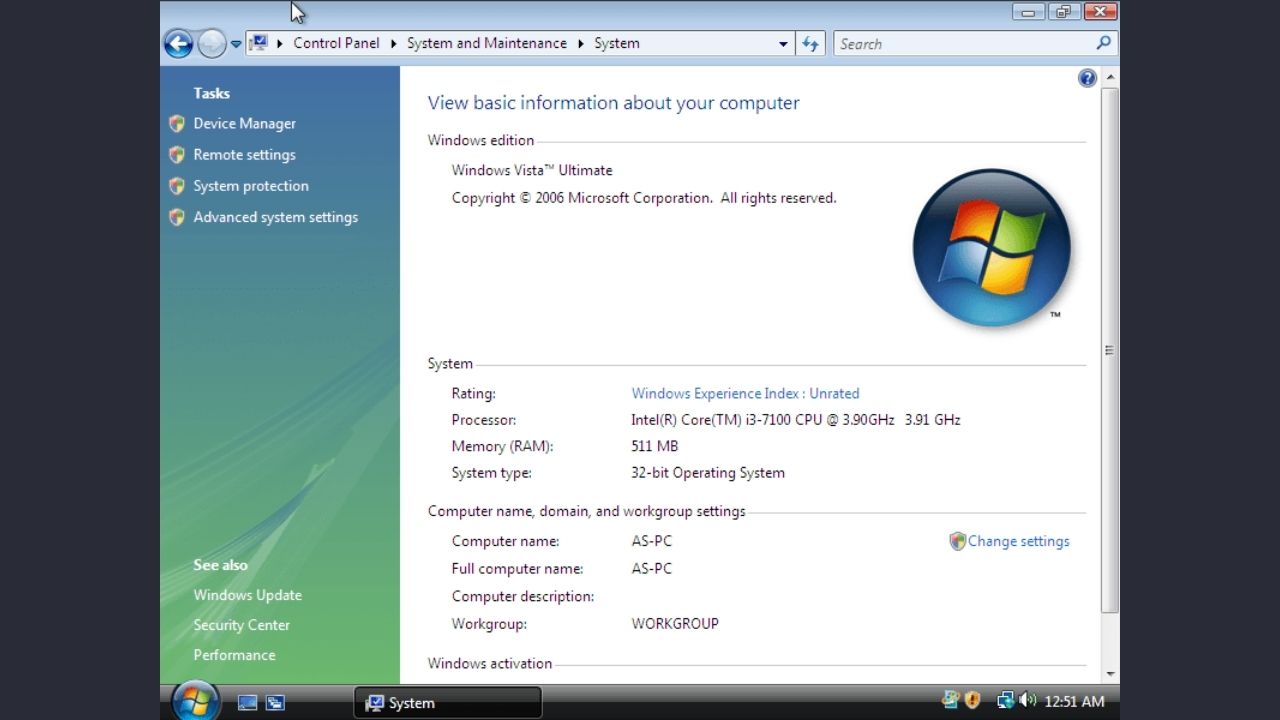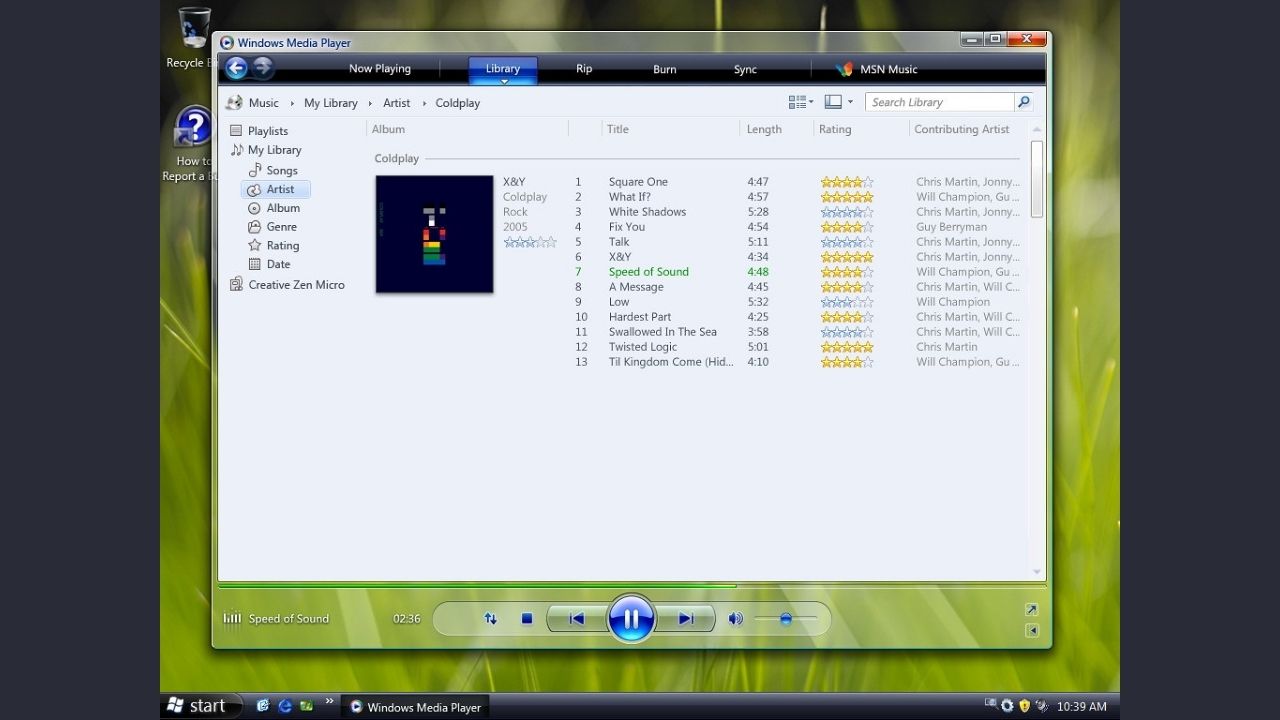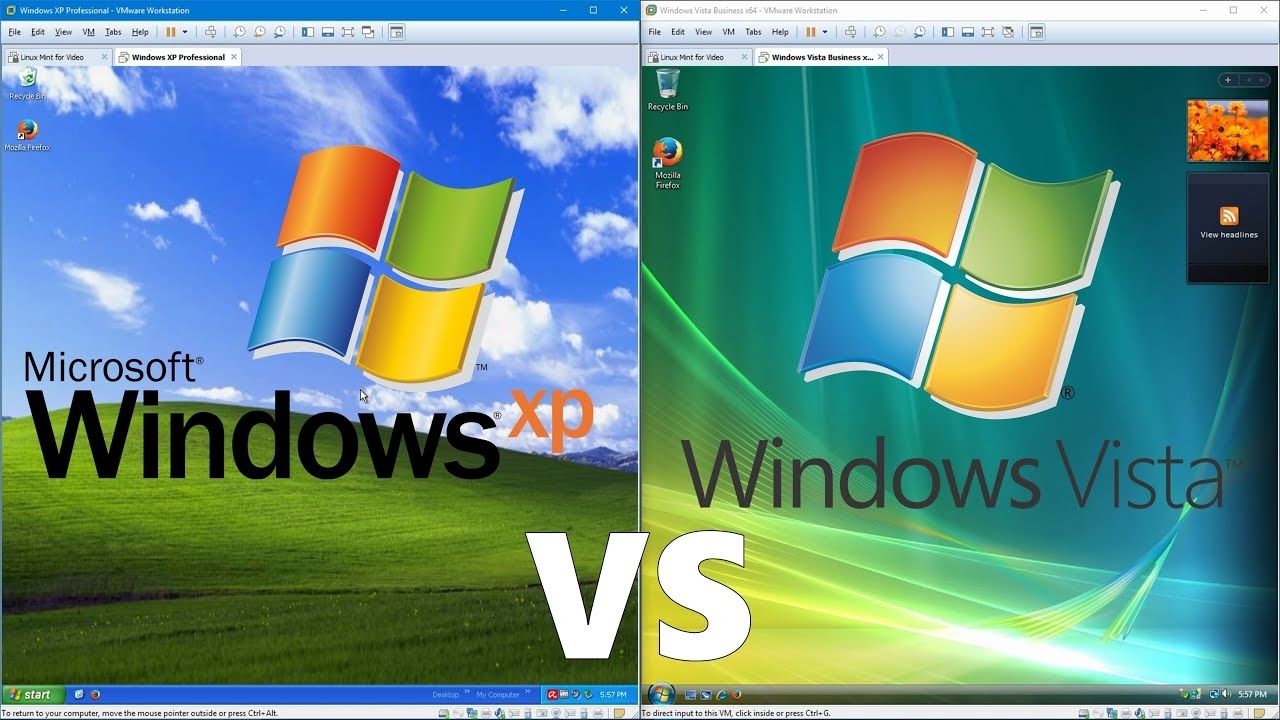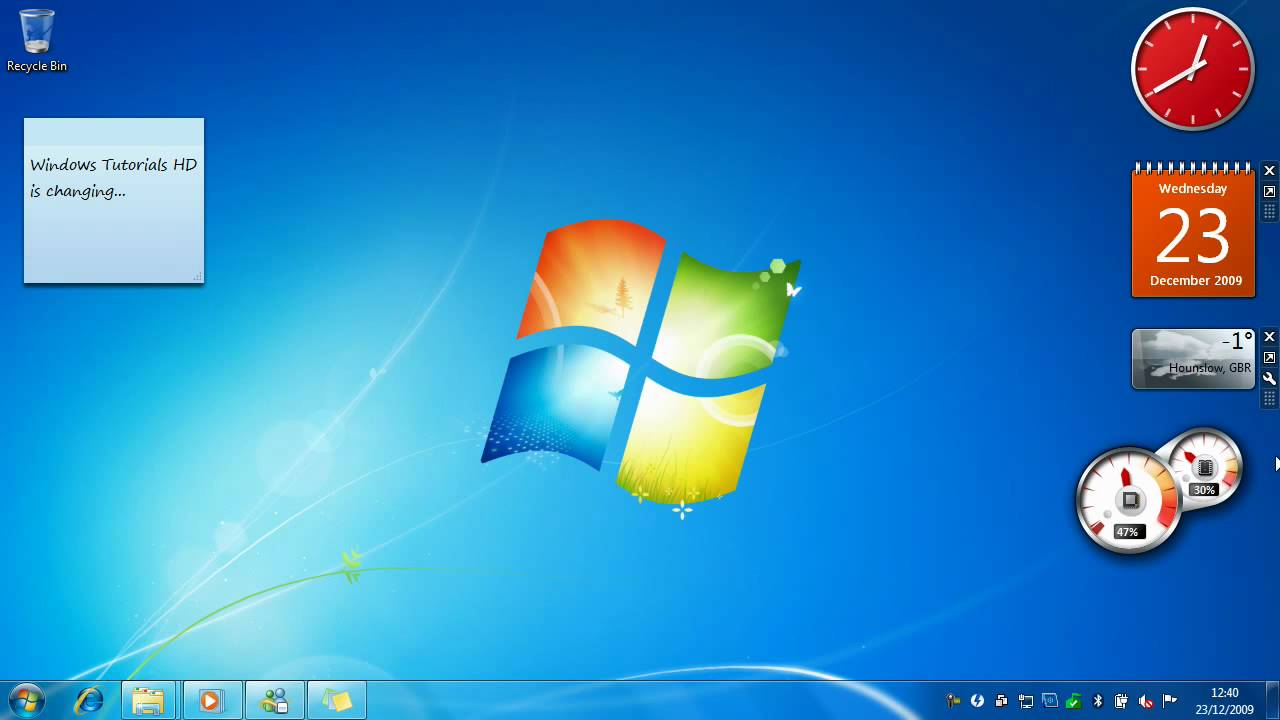Windows Vista, which was launched with great hopes as the successor of Windows XP, attracted great reactions as soon as it was released. So what happened that Vista could not take hold despite all this investment?
Windows Vista is Microsoft’s big with hopes It was one of the operating systems it released. Vista, which was introduced to users in 2007, was launched as the successor of Windows XP and promised revolutionary innovations at that time. However, its failure to achieve the expected success has become a frequently discussed issue in the technology world.
So what happened? Windows Vista It did not have the expected effect and was not preferred by users?
First, let’s examine the creation process of Windows Vista.
Windows Vista is a significant evolution in the development process within Microsoft’s Windows NT series. Initially Windows XPWhile it was planned as a minor update to , it was developed under the code name “Blackcomb” and evolved into a Windows version over time. This process led to an unprecedentedly long development period for Microsoft. Vista brings innovations such as the new Windows Aero graphical user interface and advanced security features; It also left its mark on the period with its high system requirements and compatibility problems.
The problems start with high performance requirements.

One of the most obvious problems with Windows Vista is that the operating system high system requirementsIt happened. Although Vista draws attention with its modern graphics and security features, the weight of these innovations caused difficulties for many systems, especially old computers. Equipment Manufacturers also found that their existing systems were inadequate in the face of high memory, processor power and graphics capabilities.
Additionally, compared to Windows XP, Vista runs typical applications more efficiently on the same hardware configuration. slow was running. This poor performance led to significant frustration and criticism in the users’ experience. To address these issues and increase user satisfaction, Microsoft has implemented various updates released, but Vista’s initial bad reputation; It caused many people to be prejudiced against the operating system.
Free software advocates opposed the new features.

With the release of Windows Vista, the operating system, Digital Rights Management and so on security measures It brought innovative features including: These steps are especially important for copyrighted content. unauthorized It was taken to prevent the use of digital media and increase the security of digital media products. However, these security measures are limited to users and free software It was widely criticized by the community.
DRM restrictions in the system limit users’ control over the media they legally purchase. to be limited It even gave way. Thus, the use of applications was blocked and the playback of some media content was restricted. This situation created a perception of lack of freedom among users over the digital content they own.
Users did not find sufficient reason to switch from Windows XP to Vista.

Although the release of Windows Vista included visual and technical innovations, many users and critics considered it to be inferior to Windows enough innovation It was criticized for not providing In addition, users emphasize that the system does not cover additional costs. pricing policy They also reacted.
This situation of Vista paved the way for the success of Windows 7.

As a result, Windows Vista; It was widely disliked due to a number of issues, including high system requirements, performance issues, and a lack of new features. These negative reactions caused many users to remain loyal to Windows XP. The negative reception of Vista contributed significantly to the success of vWindows 7, which was released a few years later.
You can take a look at our other content that may interest you:
RELATED NEWS
Did You Know There Is a Feature in Windows That Microsoft Has Never Changed in 30 Years?
RELATED NEWS
